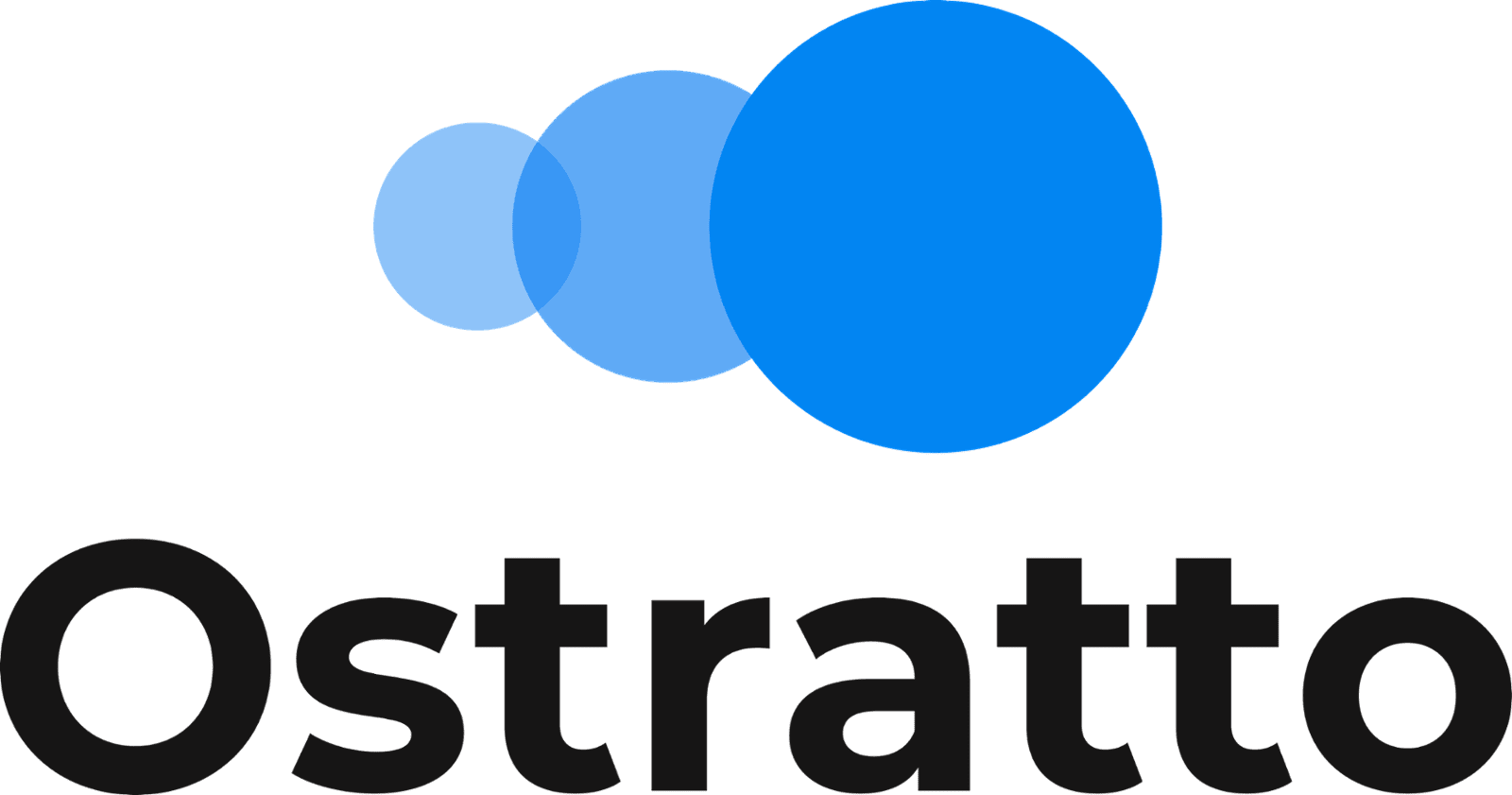Every growing business grapples with decisions around the best business system to manage its expanding operations. Proper planning of an integrated business management software system often takes a back seat to short-term revenue acceleration goals. And, as a consequence, various applications are installed at various points in time in various areas, resulting in business systems being spread across different platforms with different logins and well ...yuck. This creates process inefficiencies and software integration challenges.
This sort of issue is something we see a lot of at Ostratto when onboarding businesses that have been trading for a (sometimes little) while. The real question is: how did these problems arise in the first place and how can they be avoided?
The Convoluted System Landscape
It's easy to see how a rapidly growing company can quickly become entangled in a complex system environment.
When starting out, companies first install accounting software so that they can manage their bookkeeping. Then, in the quest to acquire more customers, companies then put in a standalone CRM system, along with separate systems for resolving customer support issues. Inventory management, order management and fulfilment systems soon come along in the form of additional software or even spreadsheets (you wouldn't believe what we've seen).
As growth occurs, many companies will open new office locations and embrace additional sales channels resulting in more sophisticated processes for e-commerce integration and recurring billing amongst others. Additional business software to support these processes can take the form of standalone applications from different vendors, in-house developments, or a variety of spreadsheet workarounds.
Businesses that evolve their systems over time in this manner can find themselves with a poorly planned infrastructure that handles short-term processes sub-optimally. This mess of systems is often referred to as a “software hairball”, a hairball that inhibits flexibility, productivity, and ultimately slows down the company's ability to grow.

John in the finance department, wondering which login
he uses for his accounting software. (Credit: unsplash)
Business Challenges
When high-growth companies become entangled a 'software hairball' challenges within business begin to arise. Here's five of the main issues that can hinder business growth when a business runs with disparate business software systems:
Wasted Employee Productivity
For a company to grow easily, every employee must be operating at optimal productivity. If the team is bogged down by inefficient and disjointed processes, it takes time away from their more important (profitable) tasks. Important processes such as order processing, invoicing, expense approvals, and fulfilment can take a lot longer to get completed, and are often prone to errors.
For instance, your team may be spending hours manually re-entering order information into an accounting system, while other employees pull that same information from your CRM system for their order fulfilment processes and to calculate sales commissions. If any orders are cancelled in the meantime, your employees have to sift through mounds of data to reconcile this information again. Such labour-intensive and manual tasks reduce the agility that your company needs to grow.
Lack of Real-time Visibility
When software systems aren't integrated you often cannot easily get a view of business performance quickly. Reports showing performance across your finance, sales, marketing, service, and fulfilment departments really are crucial to giving you an overview of your company's operations and performance.
It's easy to see why companies simply give up on reporting on a regular basis because of the amount of time it takes to source, extract and analyse this data. For the businesses that still produce these reports, countless hours are wasted trying to tie unrelated, error-prone, and out of date information together. Consequently, businesses either end up making critical decisions slowly, based on inaccurate information, or they make hasty and risky decisions off gut instinct.
Integration Complexity and Cost
With so many separate systems, an IT department wastes an enormous amount of time and money on integrating, maintaining, and acquiring new versions of these applications. Often when new versions are purchased, even more integration and maintenance needs to be performed for all the different versions of software to work together. Consequently, valuable IT time that could be used to make the business more productive is wasted, while maintenance costs skyrocket.
Increased Customer Churn
Customer acquisition and revenue growth are key pillars to your company's continued success. With fierce competition, it's essential that your company provide an exceptional customer experience or risk having customers take their business elsewhere.
When customers are unable to quickly get information on their order status, can't get issues resolved in a timely manner, or frequently deal with products being out of stock, they will be less satisfied and less likely to continue purchasing from you. A set of separate, convoluted business systems which don't talk to each other, won't be doing your service any favours.
Advantages of Integrated Software Applications
To keep your business growing at the dramatic rates you have always aimed for, it is essential to have your business software applications integrated and seamlessly connected. The advantages of designing your systems in this manner yield tremendous cost savings and improved business productivity, including:
Process Efficiency Across Your OrganisationThere are several key processes that you may encounter in your daily operations, such as order management, fulfilment, invoicing, cash collection, expense approvals, and financial consolidation to name a few. Automating such processes enables you to avoid new hires that would otherwise be required to manage these processes, and redeploy staff to higher-value activities to help your business innovate and grow.
Significant IT Time and Cost SavingsWith IT no longer having to maintain multiple systems as well as the various integrations between them, a significant reduction in operational costs can be expected so that IT time can be spent improving the business operations. Dramatically Improved VisibilityReal-time visibility is important in making informed decisions. When information can be accessed instantly from almost anywhere, without wasting employees are better informed and can make more accurate, faster decisions.Accelerated GrowthWith an integrated software system, expansion to multiple locations and additional sales channels can be accomplished a lot faster because of unified order and accounting management processes and data. Teams can upsell more efficiently to their existing customer base because of the improved visibility they would have.
User-Driven InnovationBecause process changes can be implemented quickly, everyday business users are able to apply their functional expertise to tailor processes and applications in a way that improves performance. Meanwhile, technical teams are liberated to focus on strategic works that can add value to the bottom line rather than just fight fires.
Parting Comments
Today, companies in virtually every industry are using sophisticated business software to fuel their growth but many are still struggling to keep up and manage costs effectively because of a hairball of disconnected functional systems causing process bottlenecks and employee productivity issues.
Integrated business software suites are transforming how companies run, and enabling them to experience growth that takes them to the next level.
All products that Ostratto sell are designed to work together in harmony - it's what we call being 'lightweight' and it's one of our core principles. Get in touch with us today to see how we can simplify your workflows and make your business, smart business.



